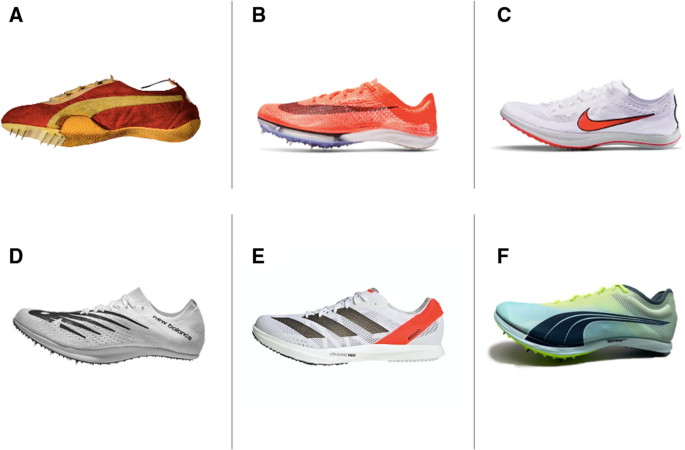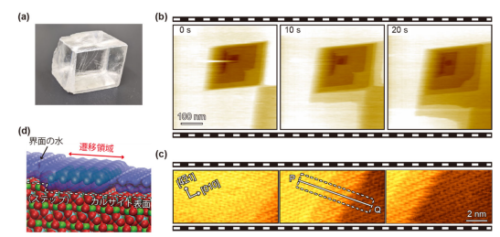2024-07-29 マサチューセッツ大学アマースト校
<関連情報>
- https://www.umass.edu/news/article/new-umass-study-shows-super-spikes-can-increase-track-running-speed-2
- https://www.biorxiv.org/content/10.1101/2023.10.25.564056v3
- https://link.springer.com/article/10.1007/s40279-022-01657-4
アドバンスド・フットウェア・テクノロジーのスパイクを履いた方が、自己認識の中距離レースペースが速くなる Self-perceived middle-distance race pace is faster in Advanced Footwear Technology spikes
Montgomery Bertschy, Victor Rodrigo-Carranza,Ethan W.C. Wilkie, Laura A. Healey, Jeremy Noble, J. Albert, VWouter Hoogkamer
bioRxriv Posted: March 27, 2024.
DOI:https://doi.org/10.1101/2023.10.25.564056
Abstract
Background Quantifying the potential benefits of advanced footwear technology (AFT) track shoes (i.e., “spikes”) in middle-distance events is challenging, because repeated maximal effort trials (as in sprinting) or aerobic running economy trials (as in long-distance running) are not feasible.
Methods We introduce a novel approach to assess the benefits of AFT spikes, consisting of a series of 200 m runs at self-perceived middle-distance race pace with 10 min recovery and conducted four experiments to evaluate its validity, sensitivity, reproducibility, and utility.
Results In experiment 1, participants ran 1.2% slower in spikes with 200 g added mass vs. control spikes, exactly equal to the known effects of shoe mass on running performance. In experiment 2, participants ran significantly faster in AFT prototype spikes vs. traditional spikes. In experiment 3, we compared two other AFT prototype spikes against traditional spikes, on three separate days. Group-level results were consistent across days, but our data indicates that at least two separate sessions are needed to evaluate individual responses. In experiment 4, participants ran significantly faster in two AFT spike models vs. traditional spikes (2.1% and 1.6%). Speed was similar between a third AFT spike model and the traditional spikes. These speed results were mirrored by changes in step length, as participants took significantly longer steps in the two faster AFT spike models (2.3% and 1.9%), while step length was similar between the other spikes.
Conclusion Our novel, interval-based approach is a valid and reliable method to quantify differences between spikes at middle-distance running intensity.
トラックランニングにおける「スーパースパイク」の利点を定量化できるか? Can We Quantify the Benefits of “Super Spikes” in Track Running?
Laura Healey,Montgomery Bertschy,Shalaya Kipp & Wouter Hoogkamer
Sports Medicine Published:23 February 2022
DOI:https://doi.org/10.1007/s40279-022-01657-4

Abstract
The recent and rapid developments in track spike innovation have been followed by a wave of record-breaking times and top performances. This has led many to question what role “super spikes” play in improving running performance. To date, the specific contributions of new innovations in footwear, including lightweight, resilient, and compliant midsole foam, altered geometry, and increased longitudinal bending stiffness, to track running performance are unknown. Based on current literature, we speculate about what advantages these features provide. Importantly, the effects of super spikes will vary based on several factors including the event (e.g., 100 m vs. 10,000 m) and the characteristics of the athlete wearing them. Further confounding our understanding of super spikes is the difficulty of testing them. Unlike marathon shoes, testing track spikes comes with a unique challenge of quantifying the metabolic energy demands of middle-distance running events, which are partly anaerobic. Quantifying the exact benefits from super spikes is difficult and we may need to rely on comparison of track performances pre- and post- the introduction of super spikes.



